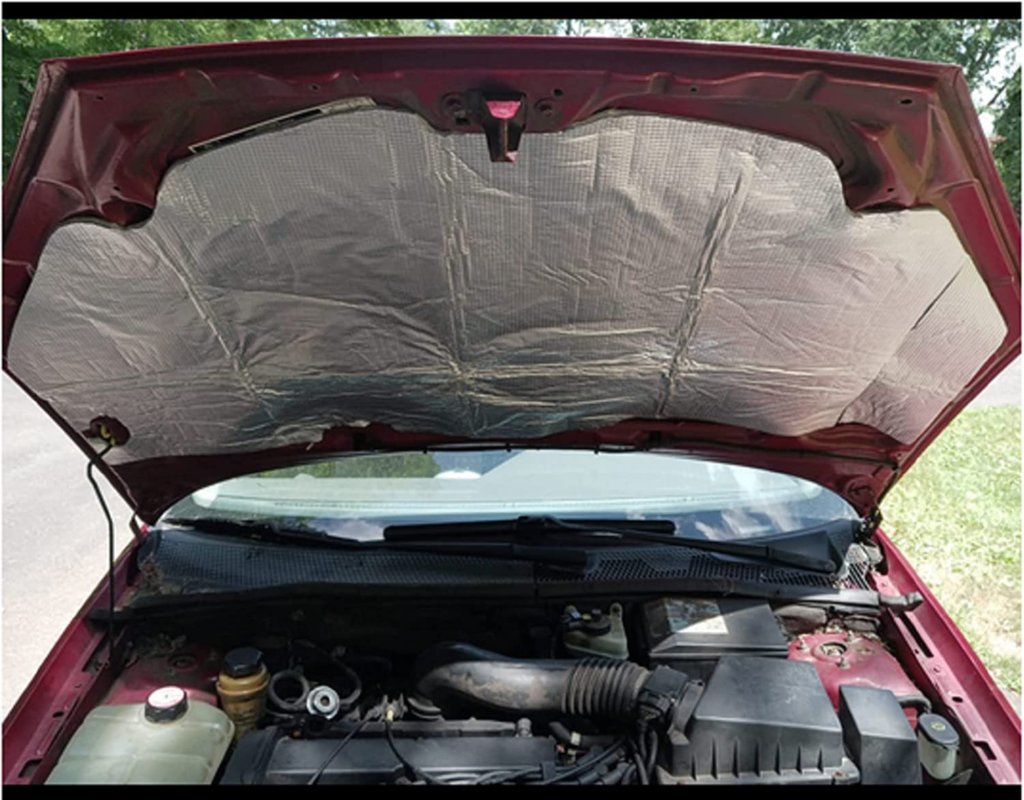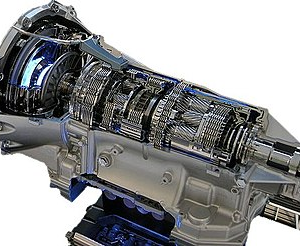
Is starting your car’s engine to warm up before driving necessary?
While newer engines warm up more quickly while you’re really driving, engine parts do need to warm up before they can function properly. Your transmission and wheel bearings also require motion to fully warm up. In chilly weather, there is no benefit to starting your car other than to warm you up inside. By using it, you’ll get the optimum performance and fuel economy. The car is idling in your driveway, squandering fuel and money by consuming gas for no reason.
Why is it vital to have your car warmed up?
In colder regions, it’s normal to let your car idle for a while before leaving work in the mornings or at the end of the day. After all, it’s well known that hopping in the car and taking off in a frigid climate is terrible for our engines. But many of us are unaware of the detrimental effects of driving a car before it has warmed up. Additionally, even if it is unquestionably important, leaving your car idle for an extended period of time consumes gasoline and emits too many emissions. Follow along as we demonstrate how to properly warm up your car.
To make them live longer, you may want to warm up your car before you drive in the chilly winter mornings. It’s intended to make the automobile run more smoothly, stop engine deterioration, and even stop it from stalling. However, whether this truly works or not has been the subject of much discussion. In this piece, we’ll examine what you should be doing and why.
Driving a warm automobile may feel more pleasant, but mechanically speaking, it prevents the parts of your engine from experiencing excessive wear and tear. According to Consumer Reports, warming up your vehicle accomplishes the following:
- This enables your engine to self-lubricate using oil. It improves the likelihood that your engine will last 200,000 miles or more. Your windshield defogger enables you to remove ice and snow.
Back to the old days
Prior to 1995, automobiles delivered air and fuel to the engine using a carburetor. The carburetor would require warming up before it could perform at its best. The engine would frequently stall if the automobile was driven without the engine and carburetor warmed up. Automobiles began using electronic fuel injection (EFI) after 1995 as a technique to instantly alter the fuel to air ratio, ignition, and timing. It prevented the engine from stalling and allowed the engine to run at its best. The requirement to warm up the carburetor has mostly disappeared with the development of EFI and modern technology.
Newer Engines Don’t need much time to warm up
As a result, the answer to the issue of whether this is still necessary for older engines that are still in use today is yes. It requires less time to warm up newer engines using updated technologies. The instant the machine starts, it should be prepared to operate. The engine will already have circulated oil around itself and have reached ideal temperatures by the time you start driving.
Some people advise waiting until your automobile has warmed up before driving. Setting aside time for the engine to warm up enables the fluids to reach the right temperature and flow. When hot or cold, the viscosities of various oils vary. While it is true that the engine will need some time to pump oil to the moving parts, the difference only lasts for a brief period of time. In the past, mineral oils were utilized, which required warming up before reaching the proper thickness. However, synthetic oils used in more recent engines require less time to warm up and reach the ideal temperature.
Should I warm it up then?
If your car has fuel injection, like the majority of cars made after 1995, letting it idle for longer than 30 seconds won’t help. Start your car if it’s freezing outdoors, and take a few unhurried minutes to drive (suitable for a residential area). Compared to idle, this quickly heats up your engine. Why do so many individuals start their automobiles when they are aware that they won’t stall if they don’t overwork the engine in the first few minutes? A few decades back, car heating actually functioned. Prior to the widespread adoption of fuel injection technology, older vehicles had carbureted engines that needed to warm up. Even after the development of contemporary fuel injection engines, this widespread practice persisted.
How long does it take for your automobile to warm up?
Although some motorists enjoy letting their car idle for 10-15 minutes or longer, this is not essential. In fact, even when the engine temperature is still cold, the majority of current cars are capable of successfully circulating oil within 20 to 30 seconds. Older vehicles may require up to a minute or more, but most drivers may save gasoline and lessen their carbon footprint by reducing idle time, provided the temperature doesn’t drop below zero.
Will the oil in my car be too thick to perform its task?
Most people desire to warm up their automobiles because they believe a warm engine will cause the oil to thaw out a bit and allow for more free-flowing. This ought to help since the oil’s purpose is to lubricate moving elements in engines. However, according to Shanna Simmons, Penzoil Technical Advisor, this procedure takes just a few milliseconds. Your engine will warm up the oil considerably more quickly when traveling at top speed, she continues, not to mention that idling consumes petrol.
Most of the time, particularly when using remote starts, you’re only wasting gasoline because an idled car doesn’t get that warm. You will need to fill up your tank at the pump more frequently in cold weather due to the lower fuel economy. Warming up the car. How Can It Hurt? There are numerous disadvantages to idling your car in cold weather to warm it up.
It’s Generally Harmful for Your Car. When you idle the engine, your automobile operates in a mode that uses a lot of gas. Because fuel vaporization is poor in cold temperatures, your car needs to add extra gasoline to the air-fuel mixture to ensure that there is enough fuel for combustion to occur. However, because gasoline is a solvent, it also removes oil from the engine’s cylinders and pistons. The oil doesn’t flow as effectively and replaces what the gasoline has lost because your automobile is cold.
Reference: Consumereport, AutodealPh,



